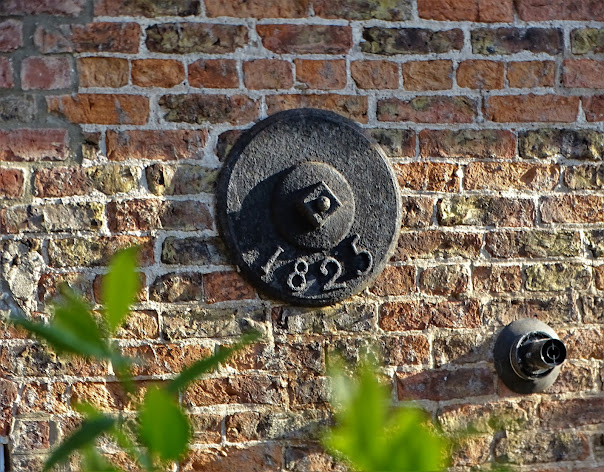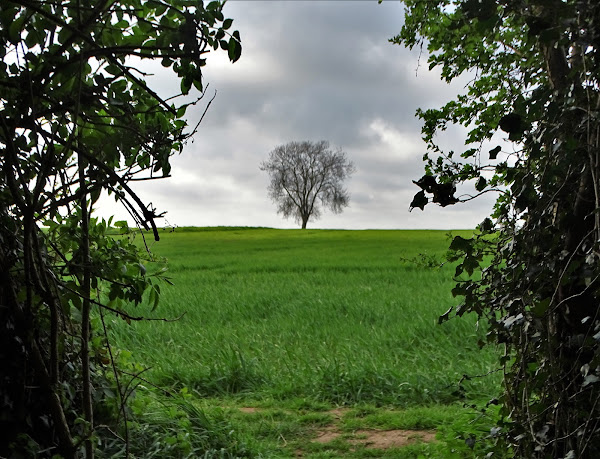In 1805, the digging of a canal was completed. It ran for three and half miles from The River Hull right into the heart of the East Yorkshire village where Simon and I were born and raised. The chief sponsor, Mrs Charlotta Bethell, imagined the canal would be a shrewd investment - bringing in coal and taking out grain and other agricultural products.
Of course, the canal has not been used for commercial purposes in many decades. But it is still there as a leisure asset. It attracts many anglers and near Sandholme Bridge - show below - there is a caravan settlement. A public footpath runs all the way to The River Hull where the canal meets the river at Leven Lock. At the village end of the canal there were two substantial warehouses. One was built to receive coal and the other housed grain and other crops ready for transportation by sailing barges. One of those warehouses has now been converted into a private residence and it has been lowered. Annoyingly, this project caused the public footpath to be diverted for a couple of hundred yards so you no longer get to see the old canal basin. Here's an iron boss I spotted on the side of the former warehouse - as you can see, it is dated 1825:-
When we were boys, the canal was like a playground.for village children. We swam there, pinched rowing boats, observed swans and other water birds, fished, noticed water boatmen and caddis flies and we chucked green algae around or built primitive dens. Legendary pike fish swam below the lily pads. The very name "pike" was enough to send a shudder up your spine.
For the first time in many a long year, I walked alongside the canal on Friday evening. Memories flooded back of happy childhood days. There was not enough time to walk all the way to Leven Lock and turn back. Near the point where I did turn back, I saw a gap in the hedgerow and this view of a lone tree on Harrison Hill though Ordnance Survey mapping has labelled it Bracken Hill for some reason. It was never Bracken Hill to us.
from Yorkshire Pudding https://ift.tt/VZvEgoJ









